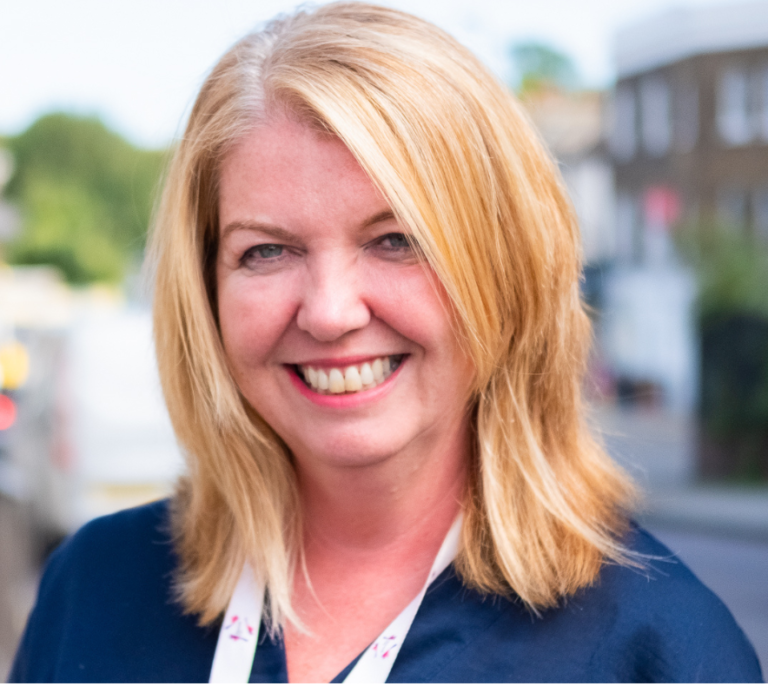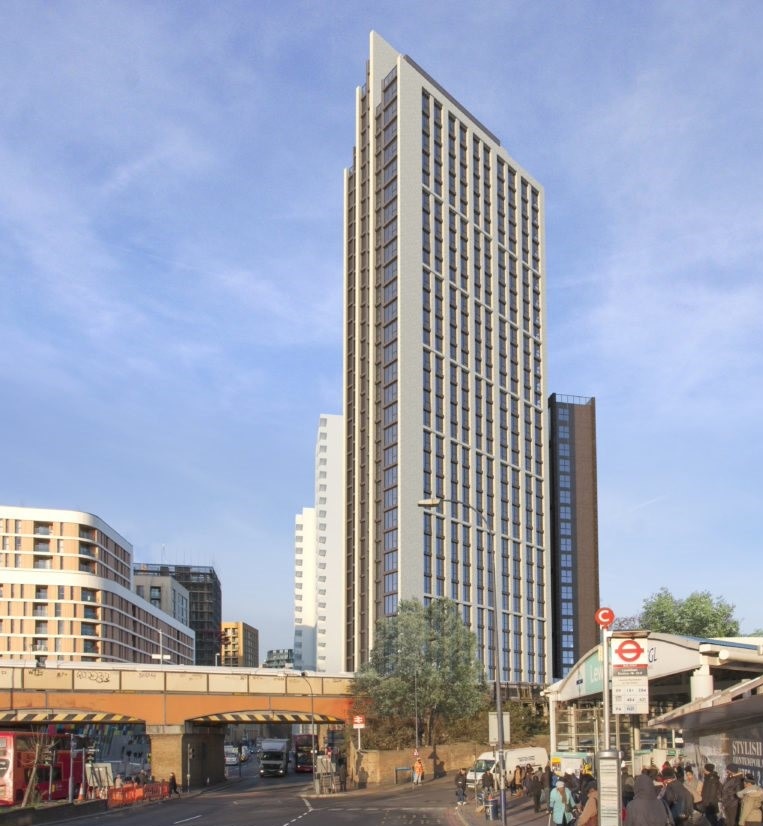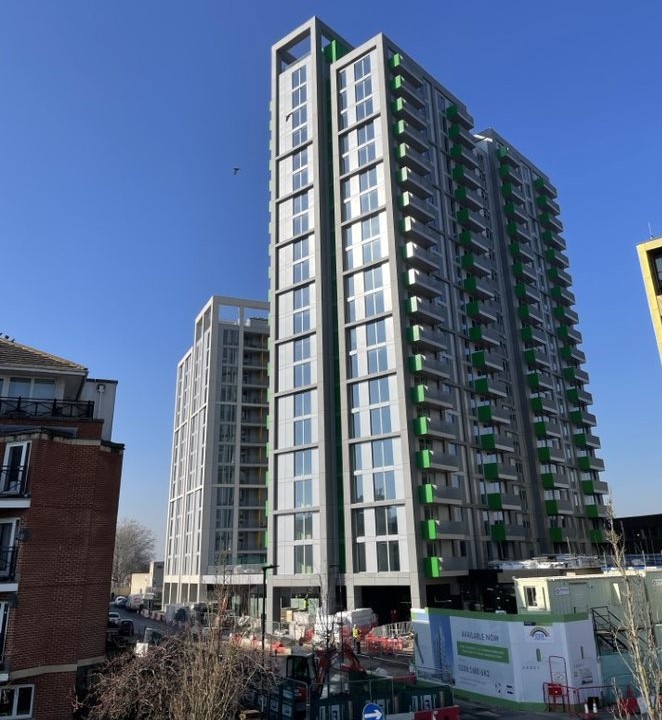Tuesday 4th July
Originally featured in Local Government Chronicle, written by Ann Xu, Portfolio and Impact Manager at CBRE Investment Management.
Institutional investors measuring social impact in UK affordable housing is a nascent endeavour. CBRE Investment Management (CBRE IM) has one of the longest track records in this space and yet it is still only around five years old.

In 2018 CBRE IM developed a social impact framework which represents the governing principals of how the CBRE UK Affordable Housing Fund invests. This framework continues to evolve.
Fund managers often focus on quantitative metrics such as internal rates of return and yields; as an impact fund, CBRE IM has prioritised the delivery of resident outcomes alongside financial returns by partnering with best-in-class registered providers. Social impact is therefore best illustrated through residents’ stories, which illuminate the human side of the affordable housing investment thesis.
With this in mind, we sat down with Kate Donovan from Pinnacle Group, which manages homes exclusively on behalf of Pinnacle Spaces, a registered provider of social housing and part of Pinnacle Group. Across the UK, Pinnacle Group provides comprehensive landlord services including lettings, repairs and estate, tenancy and leasehold management to over 65,000 homes.

Pinnacle Spaces operates most of CBRE IM’s London affordable housing portfolio, and we heard directly from Kate about Pinnacle’s experiences of working with institutional capital in the affordable housing sector, impact measurement and the experiences of residents.

Affordable housing has evolved, but motivations remain the same
Kate has an almost 30-year career in social housing. She has worked across local authorities, housing associations and for the past three years as head of operations (homes division) at Pinnacle Group, including two years working directly with CBRE IM’s UK affordable housing team.
“I have seen a lot of changes in the sector, but the drivers remain the same: to provide high-quality accommodation for residents with great customer service,” she says. “In my two years working with CBRE IM, no two days are ever the same.”
Pinnacle manages a mixture of schemes on behalf of CBRE IM. These new developments include two buildings in Lewisham – with 67 and 43 affordable units – a 50-unit scheme in Slough and a 245-unit scheme in Abbey Wood. “It involves making sure we are on top of any issues, helping residents settle into their new homes and building relationships in the local community,” Kate says.
Pinnacle is also responsible for mobilising new schemes. This involves procuring energy suppliers, working with local authorities to ensure section 106 agreement compliance, and with housing allocation teams to ensure properties are appropriately let to residents on their waiting lists.
“It is quite challenging,” says Kate. “Every scheme has different pressures. Last week we signed up 33 tenants. Not only did we have to sign all residents’ contracts, give them the keys and an introduction to their property, we also completed welfare benefit checks and affordability assessments for all residents.”


Securing apartments ‘feels like winning the lottery’
Kate says the most rewarding parts of her role are when launching schemes. She recalls a few examples from Meadow House in Lewisham.
“Seeing residents’ faces when they see their new properties for the first time at viewings is priceless,” Kate says. “Recently we saw two women literally singing, dancing and cheering. They hugged me and the developer. For many residents, securing a new-build apartment is like winning the lottery because many have been on waiting lists for years.”
Residents talk about their lives previously being on hold, Kate says. “When residents secure one of our properties it is an incredibly emotional moment. It allows them to finally put down roots in a community and build a better life for themselves and their families. One of our residents had previously been living in temporary accommodation for a decade – always on the move and with no permanent home. Now she plans to finally start her own jewellery business.”
The stability also supports working families raise children with a stable education – parents know their kids can go to schools in the same community for the duration of school life.
Kate recalls the story of another resident, a 21-year-old man who had been in hospital for months suffering with sickle cell disease. “This young man came with his nurse from Lewisham Hospital and couldn’t believe how lucky he was to be offered such an amazing flat. He was especially pleased as even though the heating wasn’t on during the viewing, the flat felt warm, which is crucial with his condition. His nurse said the flat would make such a difference to the quality of his life.”
In another story of life transformation, Kate remembers a resident who had been living in temporary accommodation since she was 17, when she came out of the care system. “She is now 27 and has suffered domestic abuse in the past and has significant mental health issues,” Kate says. “This lady was crying with tears of joy when she saw the flat, which she said felt safe and somewhere she could feel settled to enjoy her new life.”
Affordability is paramount
Kate says many residents cannot believe they are able to afford these units because the standard of the finish is very high while rents – as specified in the section 106 agreement – are below the local housing allowance rate.
“There is no trade-off in housing quality under the capped rental levels,” she says. These are new build flats, with the latest technology in heating systems and wifi, and are well ventilated and insulated, crucial for low income earners during the cost of living crisis.

The commitment to affordability is paramount. “The housing product residents receive is high-end compared with existing housing stock from traditional housing associations and local authorities,” Kate adds. “Testament to that is the acceptance rate of almost 100% from viewings.”
Working with institutional capital
“I had never worked with institutional investors before working with CBRE IM, so I did not know what to expect,” Kate says. “The similarities to working with housing associations and local authorities are a driving ambition to provide quality homes with excellent customer service, but institutional investors go about achieving these goals with a fresh approach unburdened by ideas of what social housing traditionally means.
“CBRE IM works at a much faster pace, is more agile, less bureaucratic, and introduced a more collaborative relationship. Institutional investors are also much more data-driven.”
She says the clearest example of this is in relation to sustainability. “We collect a huge amount of data – such as meter readings on energy consumption. Data is an incredibly important driver of decisions for institutional investors. In the tenancy agreements, green clauses are included to ensure data can be collected.”
Kate says aligned values is the most important driver of the success of Pinnacle’s relationship with CBRE IM. “Our ESG [environmental, social and governance] strategy aligns with CBRE IM’s. I remember a conversation about our mutual values in the early days. We discussed working with a sense of purpose to make a difference in residents’ lives and building lasting communities. We share those motivations deeply.
“To do that, you need to start with what residents want: good quality accommodation, affordable rents, and a landlord that listens and responds. They also want to feel part of the community and be able to contact a person they know if problems arise. If these needs are met, they will be satisfied tenants.”
She continues: “We provide residents with knowledge of key local services – from schools to the doctor’s surgery, leisure facilities and community hubs of interest, as well as location of property managers.
“We are experienced in developing relationships within local communities and managing mixed communities. We have a tenant app that coordinates and promotes community services and information. The app helps drive performance – to be best in class and upper quartile in the market, but we look beyond comparisons with registered providers to customer excellence across all industries.”
Evolving KPIs
Performance measurement is crucial to delivering on these expectations. CBRE IM and Pinnacle have agreed key performance indicators (KPIs) which include measuring rent collection timing (at around 97% for Q1 2023) and response times to emails and complaints.
Kate says: “We look to understand our residents through the data we collect, including regular in-app ‘pulse’ surveys, which capture emerging issues in real time. The KPIs continue to evolve over time, based on data insights.”
Pinnacle’s KPI targets align with CBRE IM’s ‘tenure blind’ approach, designed to provide an equal high-quality service to all residents, regardless of rental level and tenure. “Pinnacle listens first-hand to what residents need and we then have an open dialogue with CBRE IM. Investors need to choose a good managing agent that aligns with their values. The level of satisfaction in our ‘move in’ surveys is more than 90%, reflecting our responsiveness, engagement, participation, as well as housing quality.
“At the start of our working relationship with CBRE IM, it was a case of learning together, setting a collaborative tone which has since matured. As our teams have increased in knowledge and experience together, we better understand what is important to residents and the most effective ways to mobilise a building, helping to fine-tune processes.
“Our teams have since expanded, improving collective capabilities, execution and service delivery, adding to the effectiveness of our working relationship and outcomes for residents.”
CBRE IM continues to see increasing institutional capital appetite for investment in the social and affordable housing sector, as the social impact becomes clearer. Hearing residents’ stories and learning the impact of affordable housing on people’s lives drives our motivation to continue to invest in affordable and sustainable homes across the UK.
